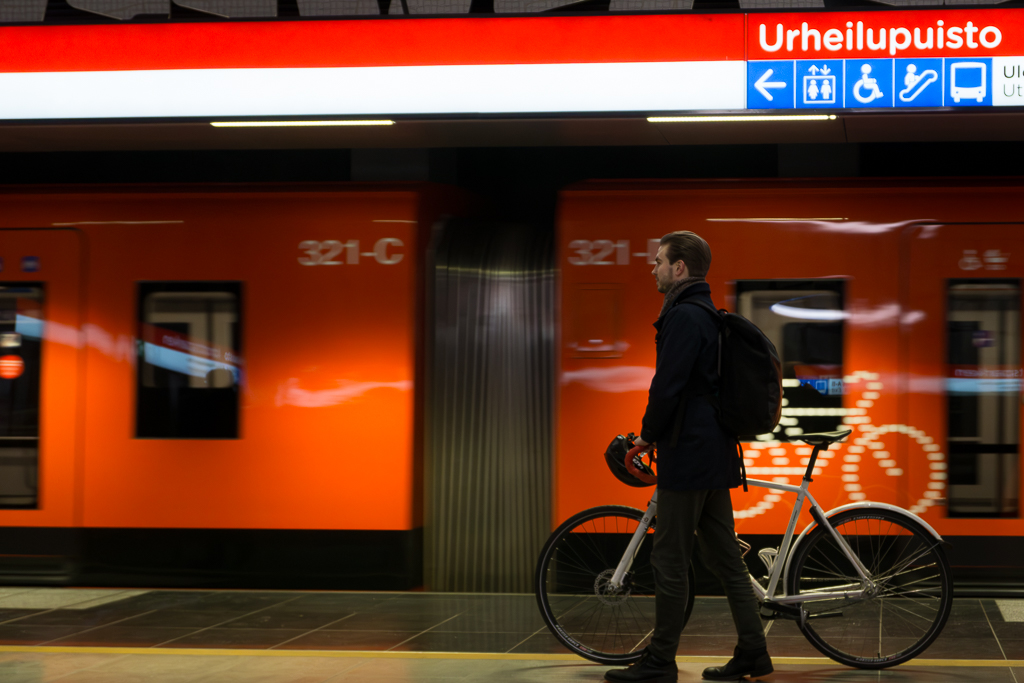Better mobility
Imagine an Espoo where you can smoothly get to work without stress, children can walk safely to school, and on weekends you can easily cycle into nature. This is not utopia – it is entirely possible when we invest in more sustainable mobility.
This can be achieved by developing more comprehensive public transport, improving walking and cycling paths, and ensuring that sustainable mobility options are attractive and practical for everyone. When walking, cycling, and public transport work well, everyone has more freedom and less stress.
Espoo can be a city where everyday journeys are shorter, more flexible, and smoother – and where you don’t have to sit in traffic jams.
Everyone benefits from more sustainable mobility
When we invest in walking, cycling, and public transport, everyone benefits: physical activity improves well-being, traffic accidents decrease, housing is cheaper when fewer parking spaces are built, local nature is preserved as new lanes are not needed, emissions decrease – and even drivers appreciate it when traffic jams don’t grow uncontrollably.
New lanes don’t solve traffic jams (even if it might seem so)
Many have probably wondered: “A new lane and a fancy junction were just built here, so why hasn’t the traffic jam eased?” The reason is the so-called induced demand: the more lanes are added, the more traffic is generated. On the other hand, when walking, cycling, and public transport are made cheap, smooth, and safe, people start using them more.
Functional public transport is essential for a growing Espoo
Espoo is expected to grow by over 75,000 new residents by 2040. The only way to move such a large number of people safely, efficiently, and sustainably is public transport. It must be fast, reliable, and competitive to be an attractive option for more and more people.
Walkable neighborhoods, functional connections between city centers
Espoo is widespread, and therefore functional walking and cycling connections within centers and comprehensive public transport to and between centers are essential. Everyday services should be easily and safely accessible by walking or cycling. This also requires changes in construction – that’s why more functional construction is another important theme for me.
